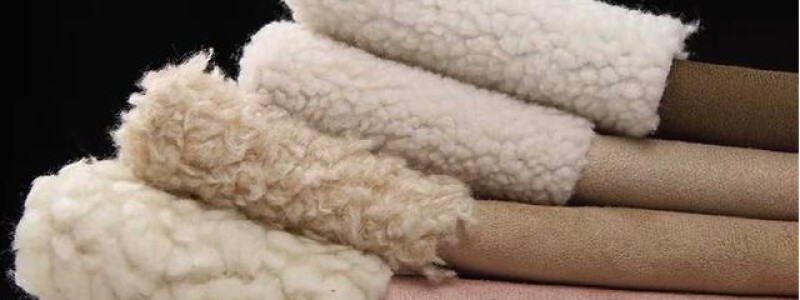
Three major identification methods of textile fabrics, you will be a master if you learn them!
Textile fabric identification can mainly start from three directions, textile fabric composition, textile fabric front and back and warp and weft By identifying the appearance and quality of textile fabrics in …

How is color fastness rated?
Most of the current color fastness test methods are based on simulation tests or comprehensive tests based on the environment and conditions of action, and the fastness grade is evaluated based on the discolora…

Detailed knowledge of setting machines in printing and dyeing factories is worth having!
The styling workshop is an important part of the printing and dyeing factory. Its processing level directly affects the cleanliness, width and stability of the fabric surface. The finishing process is the main …

Why does cotton shrink? Why is it normal for fabrics to shrink?
cotton Good hygroscopicity, high moisturizing, good heat resistance, strong alkali resistance and good hygiene are the reasons why you are willing to buy cotton bedding. As for what you are concerned about, wil…

What is the reason for the down quilt leaking/running away?
Every year, some European countries hold large-scale pillow fights. The sky is full of goose feathers, just like a fairy tale world, which makes people fascinated. At the same time, pillow fights also relax the…

What is flocking fabric?
What kind of fabric is flocking? The flocked fabric is the so-called flocked fabric. It uses various types of fabrics as the base fabric, and the front is planted with nylon fluff or viscose fluff. It is then s…

Color deviation detection of synthetic fiber yarn
Although foreign fibers rarely occur in synthetic fibers, different gloss levels will be produced due to different fiber qualities. When these fibers are mixed, bad yarns with uneven brightness will be produced…

What are the official moisture regain rates of textile fibers?
The official moisture regain rate of main textile fibers: fiber Official regain rate Cotton 8.5% polyester 0.4% ramie 13% nylon 4.5% wool 15-16% vinylon 5% Silk 22% Acrylic 2% glue 13% Chlorine 0% polypropylene…

If you want to be familiar with woven fabrics, you need to understand these parameters
Woven fabrics A fabric composed of two systems of warp and weft yarns interwoven vertically with each other according to certain rules. Warp: The yarns that run along the length of the fabric (longitudinal). We…

Reasons for wind marks on fabrics
Wind mark is a kind of dyeing noise produced during the drying and storage process of fabric after printing and dyeing. Compared with the normal dyed light base, the wind-printed area will show white or darker …


